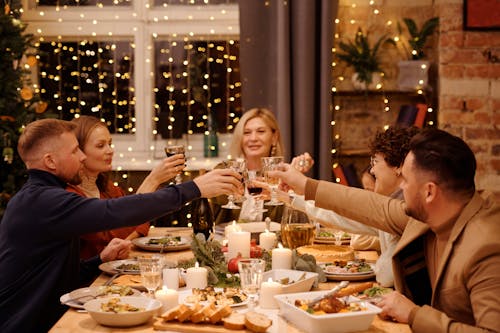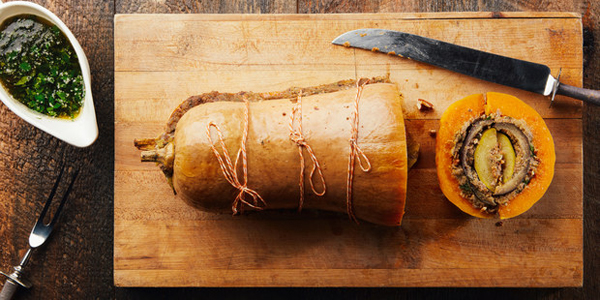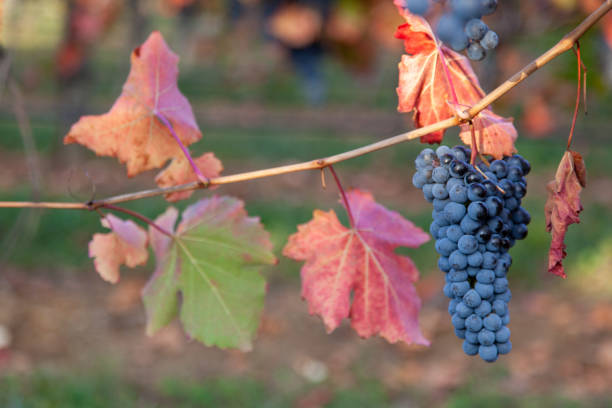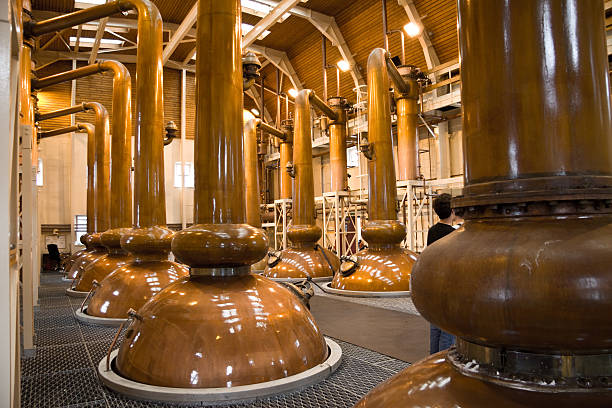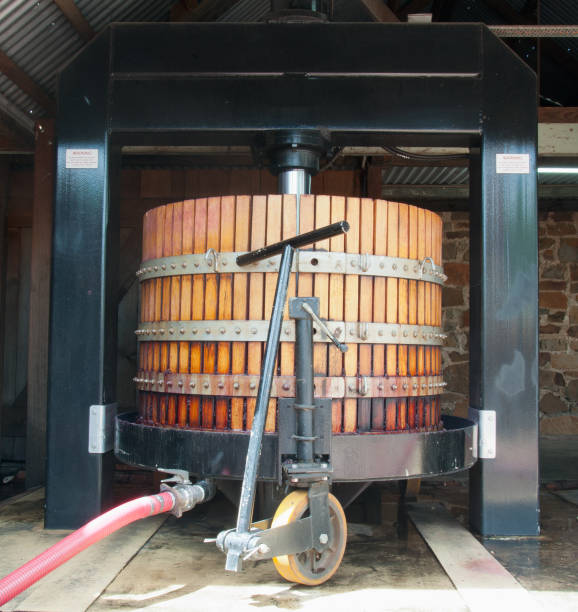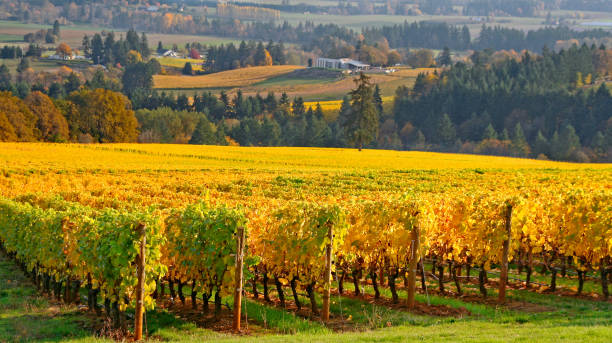In Episode 22 of this personal journey, the narrative veered off the wine trail for a brief look at single malt Scotch whisky, a drink I think of as the "wine" of Scotland. We're back on the wine trail in this episode, with a few remembrances from Australia, a fascinating place for its scenery, people and wine and about as far from Scotland as you can get.

When I was station in Hawaii in the U.S. Air Force, word got around that the Air Force had a comm station in Townsville, Queensland,Australia. Wine was not big on my list then, but diving was. So, when I discovered that Townsville and the Great Barrier Reef were in Queensland, I volunteered for temporary duty (TDY) in Townsville.
Someone beat me to it, but the Air Force, in all its unexplained wisdom, decided that, instead of Australia, I would be sent TDY ( Temporary Duty) to Johnston Island, a two-mile long sand spit that also happens to be surrounded by one of the best untouched snorkeling sites in the Pacific.
Aside: Johnston island, or "JI" as it was known, is an atoll, about 700 miles from Hawaii. Johnston Atoll consists of five islands, but only JI and Sand Island, are used. When I was there, the Air Force was tasked with monitoring missiles being launched into the Pacific by the Soviets. The Soviets had a fleet of what they claimed were fishing boats, but the antenna arrays on the ships told a different story.
JI is a small narrow island, less than two miles long and about a quarter of a mile wide, yet it housed the Air Force, an Army detachment running a top secret operation, a small detachment of Marines flying helicopters, supposedly as air rescue and a few Coastguards men operating a navigation aids site on nearby Sand Island.
The whole thing was farcical since all we did was go to work, eat, snorkel and fish, eat, sleep, eat and drink cold beer at the small island club. The Marines were especially bored so they flew their choppers over the Soviet ("fishing") ships, bristling with antennae, and dumped rolls of toilet paper on the ship to create a nuisance, while the ship's crew ran around giving the TPers the finger.
Anyway, I started going to Australia on wine trips in the late 1980s and after a few years and a few trips, I was invited to return as an international wine judge at one of the major state wine shows (show is the name the Aussies use for wine competition).
Wine shows are serious business in Australia. All of the states with a wine industry have a major royal wine show; last time I checked, Victoria state had the largest show in terms of entries. There is also a national show in the nation's capital in Canberra.
And the Australian system provides for training future judges. Interested wine people enter the associate program and judge the wines alongside the regular judges, participate in the discussions at the panel table, but do not get to vote on medals. U.S. wine competitions have nothing similar, but in my opinion, a similar program should be adopted.
I had been judging wine in California, so the judging process wasn't completely new to me. But I wasn't prepared for how different the Australian system was. In California, panels of four or five judges are seated at a table and wines are delivered to each judge, usually in flights of 10 or 12. The number of entries determined the number of panels.
My first wine show in Australia was New South Wales, staged at the 2000 Summer Olympics site outside Sydney. Every morning for a week, we left the quay in a boat cab and sailed out to the site as the sun hung brightly over the Harbour Bridge, known by Sydneysiders as the "Coat Hanger."
Panels are used loosely by the Aussies since each judge samples the wines independently, standing at a waist-high trestle table. The table tops are painted white, with a matrix of three parallel rows of squares running down the length of the table. The glasses of wine are placed in the center row and as the judge works their way through the wines, a glass can be moved up a square to retain the wine for another look, or down a square to reject the wine from further consideration.
The numbers of entries in Australian state shows is daunting, often in the thousands and only Australian wine. Somehow, the judges get through all of the wines, with fewer judges than would be in a U.S. wine competition.
My most challenging time came later in the week when my panel was given 89 Shiraz, most of them from the most recently released vintage. Standing at my tasting table, I stared down the long red line, with a clipboard loaded with scoresheets and a plastic tub with an inch or so of sawdust, on the floor.
As the days slipped by, I learned to handle the daunting number of wines, the speed of Aussie tasters, the majority of whom are winemakers, and how to kick the spit tub around without toppling it onto the floor.
Aside: Spitting is considered a crude habit by many people, but it is an essential tool for the winemaker and wine taster. The sad truth, though, is there are a lot of wine folks who haven't learned how to hit the bucket without spraying wine everywhere.
Wine people, especially those who travel a lot, know of legendary spitters. I may have told about this anecdote before, but it's worth repeating.
 |
Len Evans
|
The Australian wine legend, Len Evans, was one of those wine persons known for the accuracy and distance of his spitted projectile. I was in Evans' office in Sydney when he was asked to show the visiting wine writer his prowess as a spitter. Hanging on the wall opposite his desk was a holy water font (he collected relics from decommissioned churches).
Evans took a generous sip from his glass, swished the wine around in his mouth, faced the font and let loose with a tight glob of wine that arced out, landing perfectly, with not a drop hitting the floor. Not believing what I just saw, Evans' assistant said "Do it again, Len." And he did. That was years ago and I've tried many times to duplicate that feat, and though I became a respectable spitter; I've never matched Len Evans.
Once every judge tastes all of the wines, the panel sits together and discusses each wine, led by the panel chair, usually a senior judge. Those wines awarded a gold medal by the panel majority are presented to the chief judge, who could veto the decision of the panel, although that rarely happened, especially after a spirited discussion and multiple re-tastings.
Discussions weighing the merits or lack of a specific wine, can get heated, with disagreement coming from the differing sensitivities of the judges. Perceptive levels of such things as sulfur, alcohol and yeast spoilage are different for different tasters.
As the international judge, I was expected to know what I was tasting, such as the differences in Shiraz from Barossa, Margaret River, Victoria, Tasmania and Canberra. And I was expected to defend my ratings and opinions. Although I had a good handle on Australian wine, I knew enough to keep my mouth shut when it was obvious to everyone on the panel that this was an American tasting Australian wine in Australia with Aussies and the occasional Kiwi.
It was a priceless experience that I happily repeated at other state shows. Eventually, I felt comfortable tasting through the very broad range of Australian wine and being able to pass that knowledge along to my readers. I had many opportunities to brush up on my spitting skills and at the end of the show, there were only a few red spots on the floor by my tasting table.
Next blog: Wine From a Narrow Country
Contact me at boydvino707@gmail.com




